Winners of the NETWORKS challenge
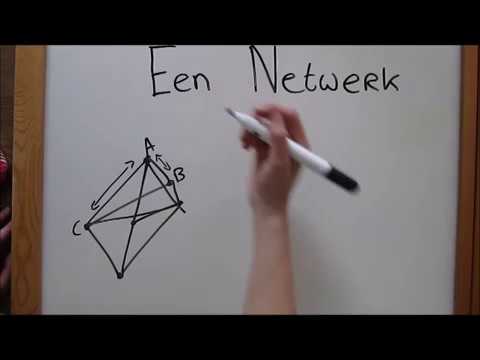
Tectonic puzzles and the purpose of life. Did you know that these topics are related to Networks? Find out more through the two winning movies of the NETWORKS challenge!
Nautilus on networks
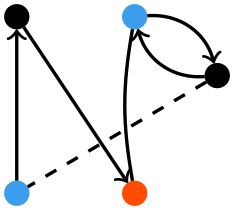
Nautilus, for those who don’t know, is a magazine for popular science writing. It’s one of my favorite places for that, actually (among the others e.g. Quanta and Scientific American). Nautilus contains writing on a very broad range of topics.
Large Deviations Theory: understanding the incredibly rare
Probability Theory is one of the most important tools for studying networks. Most things Probability Theory tries to explain are about average or typical observations.
Lo & Behold: Werner Herzog’s take on the Internet
![Source =https://www.flickr.com/photos/zaffi/13522787904/ |Author =[https://www.flickr.com/people/46958049@N00 Raffi Asdourian] from New York, United States](https://www.networkpages.nl/wp-content/uploads/2017/01/Werner_herzog_portrait-1024x683.jpg)
Documentary, “Lo & Behold: reveries of the connected world” is about the Internet. “What is so terrible about the internet?” you ask, “Isn’t it kind of great?” Yes, that is indeed how it would seem to most of us. But just wait until Herzog shows you.
Networks participation at SWI with a TNO problem
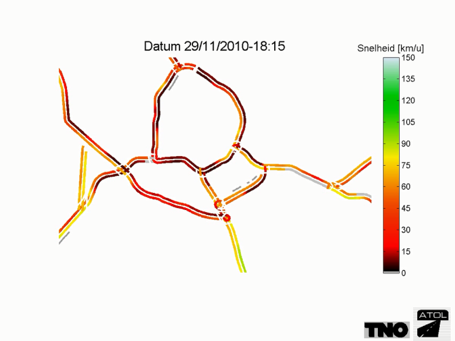
On January 23-27, 2017, the Study Group Mathematics with the Industry (SWI 2017) took place in Amsterdam. Networks participated in the SWI 2017 event with a problem which combined the various scientific areas represented in Networks.
After a long wait: book `Random Graphs and Complex Networks' appeared
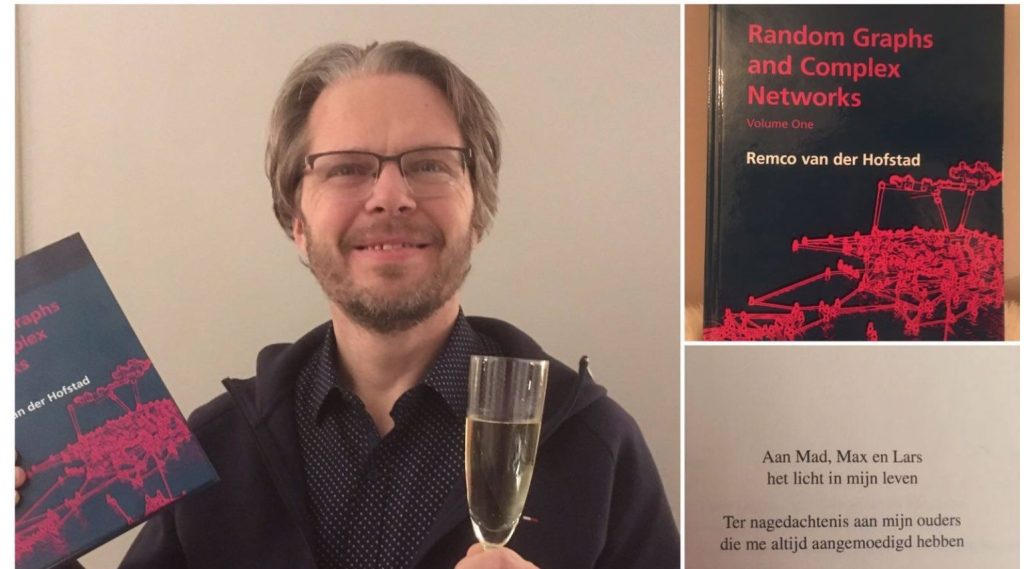
Written for the course `Random Graphs' at Eindhoven University of Technology, and class room tested for over ten years, the book `Random Graphs and Complex Networks' has now finally appeared in print at Cambridge University Press.
L’Internet avant la lettre
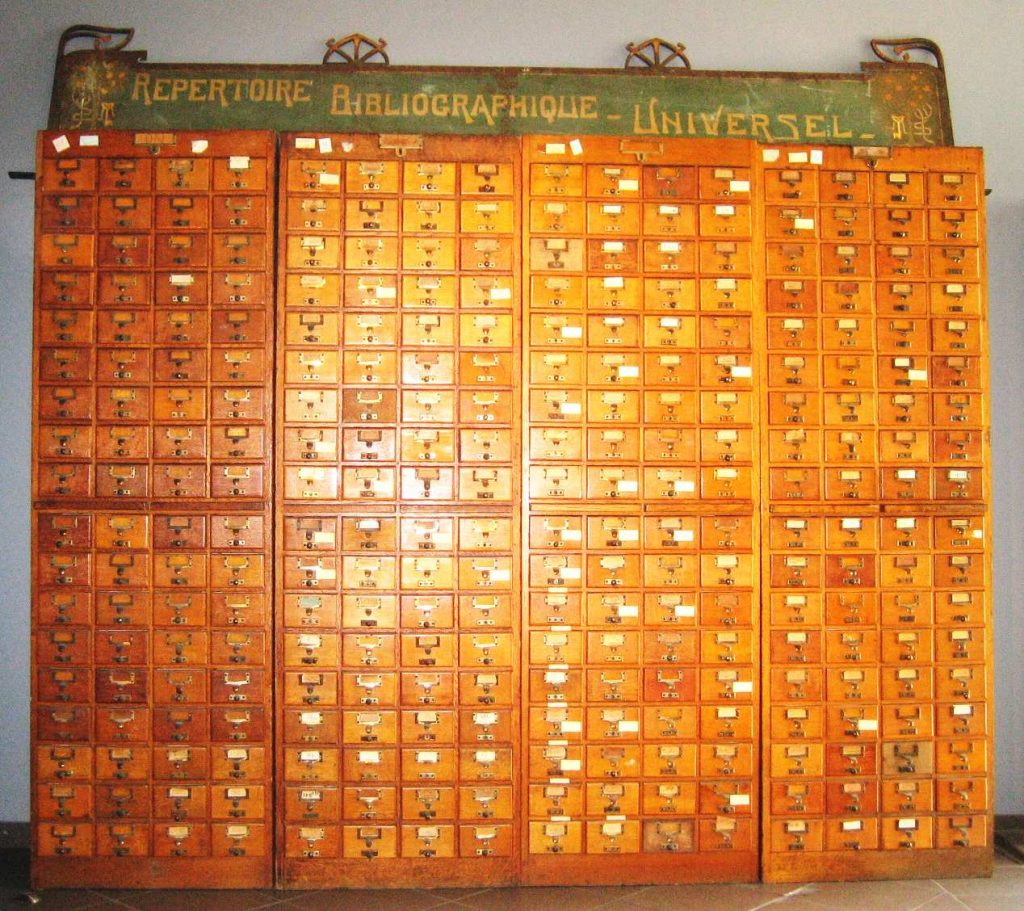
Website Nautilus has an entertaining and well-researched long story about the history of humanity’s attempts to make sense of the huge mass of data that we have collectively produced.
A big breakthrough in the Graph Isomorphism Problem
The graph isomorphism problem asks the computer to see if two graphs (simple networks) can be made to look precisely the same if the computer is only allowed to slide the nodes and stretch the connections (so the computer is not allowed to draw or or erase nodes or connections).
Networks to understand our DNA
![By Hennah, Porteous - [The DISC1 Pathway Modulates Expression of Neurodevelopmental, Synaptogenic and Sensory Perception Genes http://www.plosone.org/article/info%3Adoi%2F10.1371%2Fjournal.pone.0004906], CC BY 2.5, https://commons.wikimedia.org/w/index.php?curid=7681986](https://www.networkpages.nl/wp-content/uploads/2016/11/Network_of_how_100_of_the_528_genes_identified_with_significant_differential_expression_relate_to_DISC1_and_its_core_interactors-1024x666.png)
One beautiful, extremely important hidden network is the network of gene interactions: our DNA contains tens of thousands of genes. Some of these are really important. If you don’t have even one of them, you can’t live.
Stella Kapodistria wins contest `Network Pages'

The Networks Pages proudly presents the winner of the first Network Pages contest for the best logo, wordart image or artistic network photo: Stella Kapodistria.
